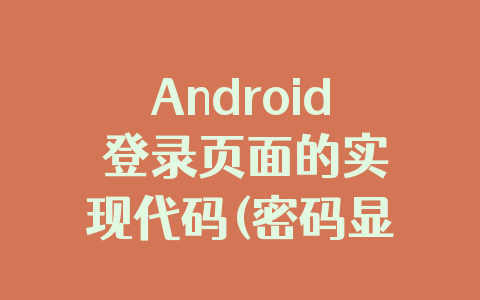用TabHost 来实现顶部选项卡,上代码:activity_main.xml
<?xml version=\"1.0\" encoding=\"utf-8\"?>
<android.support.constraint.ConstraintLayout xmlns:android=\"http://schemas.android.com/apk/res/android\"
xmlns:app=\"http://schemas.android.com/apk/res-auto\"
xmlns:tools=\"http://schemas.android.com/tools\"
android:layout_width=\"match_parent\"
android:layout_height=\"match_parent\"
tools:context=\".MainActivity\">
<TabHost
android:id=\"@+id/tabMenu\"
android:layout_width=\"match_parent\"
android:layout_height=\"0dp\">
<LinearLayout
android:layout_width=\"match_parent\"
android:layout_height=\"match_parent\"
android:orientation=\"vertical\">
<TabWidget
android:id=\"@android:id/tabs\"
android:layout_width=\"match_parent\"
android:layout_height=\"wrap_content\" />
<FrameLayout
android:id=\"@android:id/tabcontent\"
android:layout_width=\"match_parent\"
android:layout_height=\"match_parent\">
<LinearLayout
android:id=\"@+id/tab1\"
android:layout_width=\"match_parent\"
android:layout_height=\"match_parent\"
android:orientation=\"vertical\">
</LinearLayout>
<LinearLayout
android:id=\"@+id/tab2\"
android:layout_width=\"match_parent\"
android:layout_height=\"match_parent\"
android:orientation=\"vertical\">
</LinearLayout>
<LinearLayout
android:id=\"@+id/tab3\"
android:layout_width=\"match_parent\"
android:layout_height=\"match_parent\"
android:orientation=\"vertical\">
</LinearLayout>
</FrameLayout>
</LinearLayout>
</TabHost>
</android.support.constraint.ConstraintLayout>
主方法MainActivity.java
package action.sun.com.tabhost;
import android.support.v7.app.AppCompatActivity;
import android.os.Bundle;
import android.util.Log;
import android.widget.TabHost;
public class MainActivity extends AppCompatActivity {
private TabHost tabhost;
@Override
protected void onCreate(Bundle savedInstanceState) {
super.onCreate(savedInstanceState);
setContentView(R.layout.activity_main);
//得到TabHost对象实例
tabhost =(TabHost) findViewById(R.id.tabMenu);
//调用 TabHost.setup()
tabhost.setup();
//创建Tab标签
tabhost.addTab(tabhost.newTabSpec(\"one\").setIndicator(\"红色\").setContent(R.id.tab1));
tabhost.addTab(tabhost.newTabSpec(\"two\").setIndicator(\"黄色\").setContent(R.id.tab2));
tabhost.addTab(tabhost.newTabSpec(\"three\").setIndicator(\"黄色\").setContent(R.id.tab3));
tabhost.setOnTabChangedListener(new TabHost.OnTabChangeListener() {
@Override
public void onTabChanged(String s) {
Log.d(\"xxx\", \"onTabChanged: =\"+s);
if (s.equals(\"one\")){
//可是让viewpage的视图显示出来
//viewPager.setCurrentItem(0);
}else if (s.equals(\"two\")){
////可是让viewpage的视图显示出来
// viewPager.setCurrentItem(1);
}
}
});
}
}
实现效果

以上就是本文的全部内容,希望对大家的学习有所帮助,也希望大家多多支持自学编程网。













